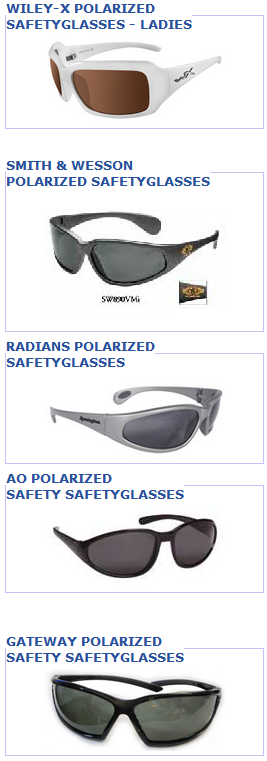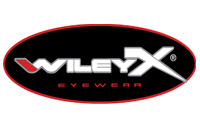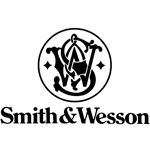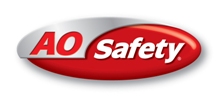Laboratory Safety Glasses
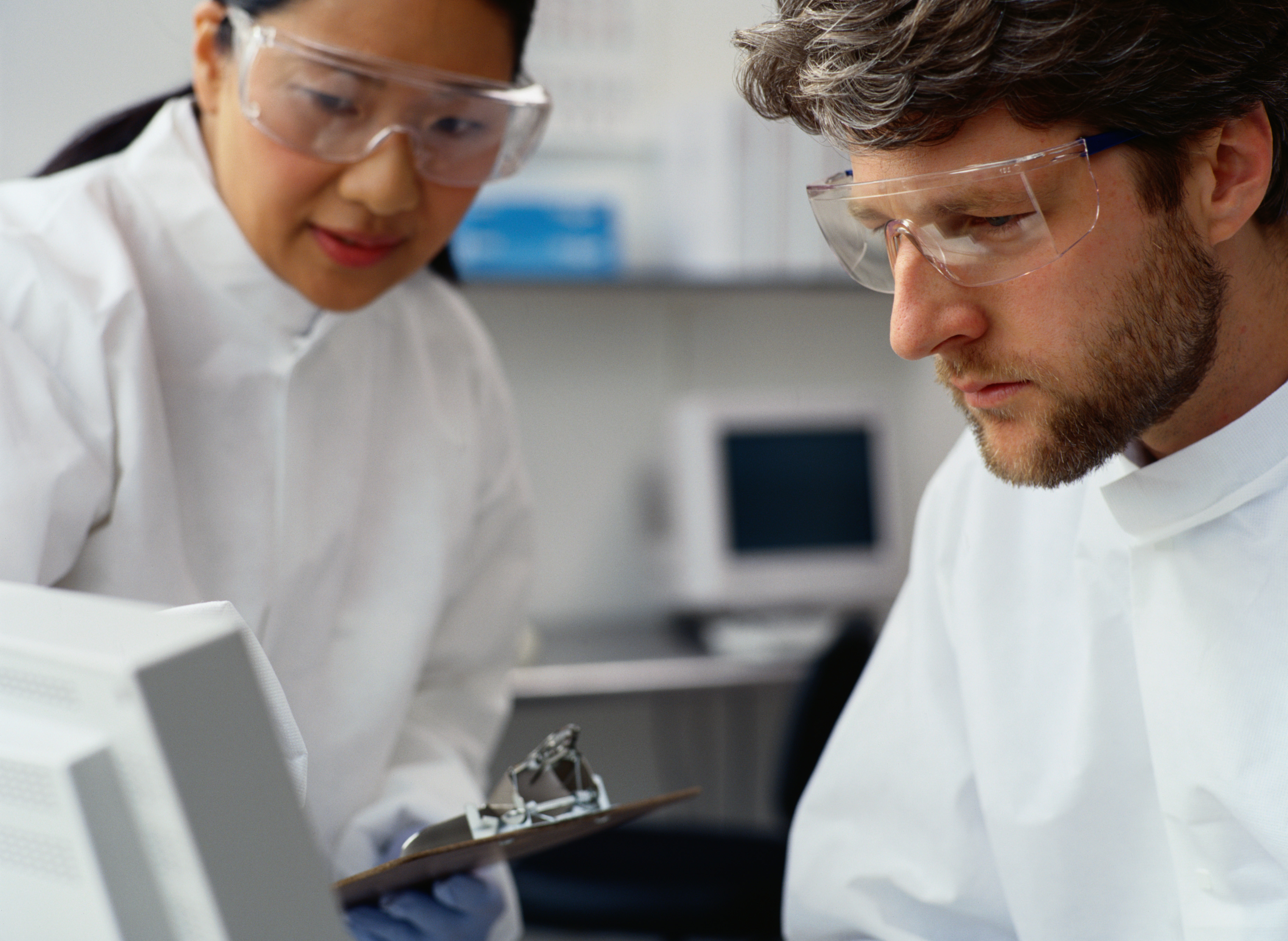 Educators, students, and parents who are involved with laboratory-based science or engineering should be concerned about buying quality laboratory safety glasses. They are essential to lab safety and are always money well spent. In 2005, major lab supply vendors sold more than $2.3 million worth of laboratory safety glasses in North America alone.
Educators, students, and parents who are involved with laboratory-based science or engineering should be concerned about buying quality laboratory safety glasses. They are essential to lab safety and are always money well spent. In 2005, major lab supply vendors sold more than $2.3 million worth of laboratory safety glasses in North America alone.
Laboratory safety glasses should be comfortable. This means that goggles should be snug but not tight, cover both eyes fully, and not slide off if the head is turned downward. However, because laboratories may only have a class set of safety glasses and many users of different sizes to accommodate, purchasing adjustable glasses is a wise investment. These goggles will last longer, serve more users, and be safer than one-size glasses meant to fit all users. Most commonly these goggles utilize rubber or elastic headbands, making them fit snugly and securely across the face while allowing them to be adjustable for a user’s head size.
Safety goggles also need to be shatterproof. Goggles with glass frames, which were common in science labs following World War II, were phased out during the 1970s because of their tendency to shatter when dropped or punctured. This could send glass shards into the eyes if a laboratory demonstration were to explode. Luckily, almost all modern goggles are built with solid plastic lenses that are shatterproof and will protect the eyes from explosions, flying debris, or punctures.
Finally, high-quality laboratory safety glasses should be microbe-resistant. Because goggles may be shared by many people who will touch them during the day, it is important that goggles resist bacteria and viruses. The bacterium responsible for pinkeye is fought by these microbe-resistant plastics, as well as those that cause communicable diseases and common odors. This antibacterial material will make the laboratory a safer and more sanitary place.
